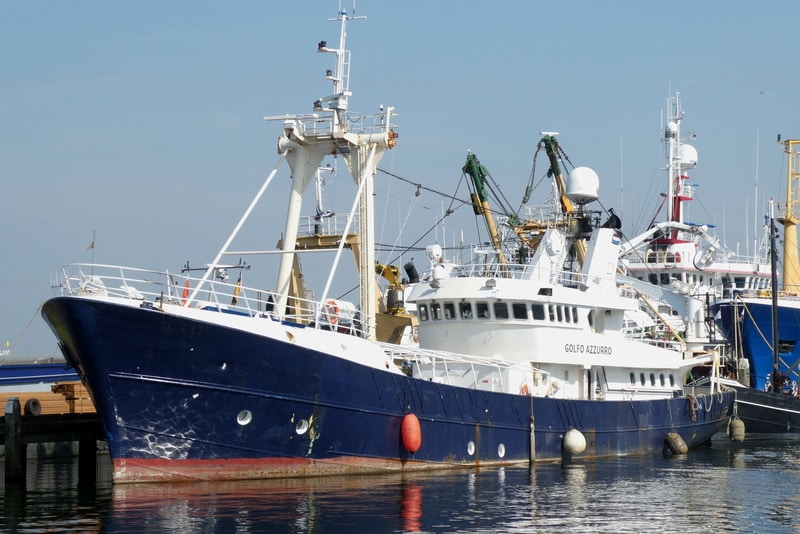Ecuador has sounded the alarm after its navy discovered around 260 mostly Chinese-flagged fishing vessels in the ocean surrounding the Galápagos islands. The fleet, found just outside a protected zone, raises the prospect of damage to the protected region’s diverse ecosystem and marine life.
—
Chinese Fishing Fleets in the Galápagos
The fleet was spotted with satellite imaging on the borders of the Galápagos Protection Zone. The fleet was found between the boundaries of the zone and Ecuador’s territorial waters, an area that serves as a major migration route for sea creatures, including many endangered species.
Former environment minister Yolanda Kakabadse says, “This fleets’s size and aggressiveness against marine species is a big threat to the balance of species in the Galápagos.” Kakabadse and Roque Sevilla, ex-mayor of Quito, have been put in charge of designing a ‘protection strategy’ for the islands. Sevilla says that diplomatic requests would be made to request the fleet’s withdrawal. “Unchecked Chinese fishing just on the edge of the protected zone is ruining Ecuador’s efforts to protect marine life in the Galápagos,” he says. He added that the team would also seek to enforce international agreements that protect migratory species.
You might also like: Canned Fish in Hong Kong Found With Metallic Contaminants

Chinese fishing vessels come every year to the seas surrounding the Galápagos islands, a UNESCO Heritage Site, but this year’s fleet is one of the largest seen in recent years. The Galápagos Marine Reserve has one of the world’s largest concentrations of shark species, including the endangered whale and hammerhead sharks. UNESCO describes the islands as a ‘living museum and a showcase for evolution’.
Ecuador is trying to establish a corridor of marine reserves between Costa Rica, Panama and Colombia to seal off important areas of marine diversity. Kakabadse says that efforts will also be made to extend the exclusive economic zone to a 560km circumference around the islands.
The Ecuadorean navy has been monitoring the fleet since it was first spotted in the week of July 20. The country’s defence minister Oswaldo Jarrín says, “We are on alert, conducting surveillance, patrolling to avoid an incident such as what happened in 2017.”
The incident in question refers to the capture by the navy within the Marine Reserve of a Chinese vessel, which was found to be carrying 300 tons of marine wildlife, mostly sharks.
UPDATE AUGUST 11: Ecuador’s navy is conducting surveillance of the Chinese fishing fleet, which has grown to 340 vessels. China has promised a “zero tolerance” approach to illegal fishing and has proposed a moratorium on fishing in the area between September and November. The fishing fleets usually leave the area before that period.’
UPDATE SEPTEMBER 18: According to environmental protection NGO Oceana, the fleet are mainly fishing for squid, a vital part of the diet of endemic creatures including hammerhead sharks, as well as tuna. It has also been determined that the vessels disabled their public tracking devices, typically done to hide illegal activities.
This is a developing story. Follow Earth.Org for more updates.

















